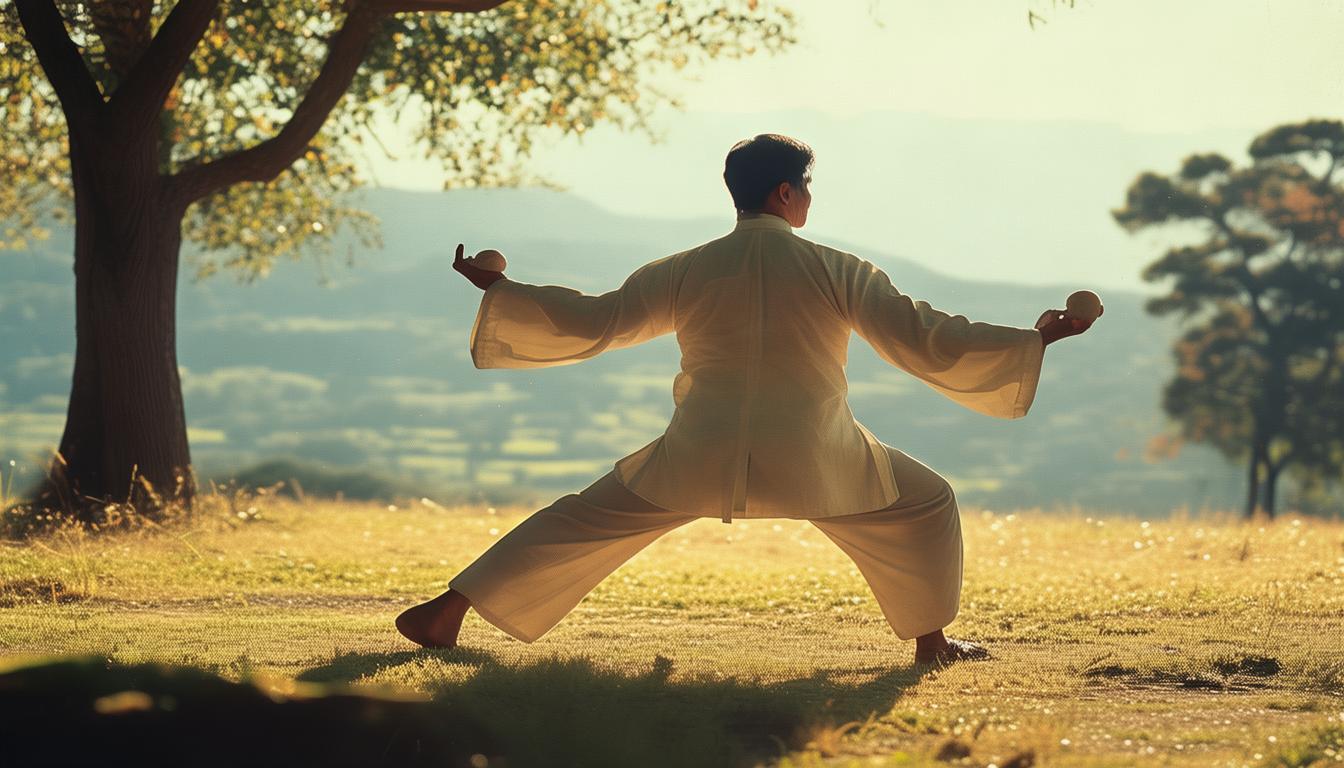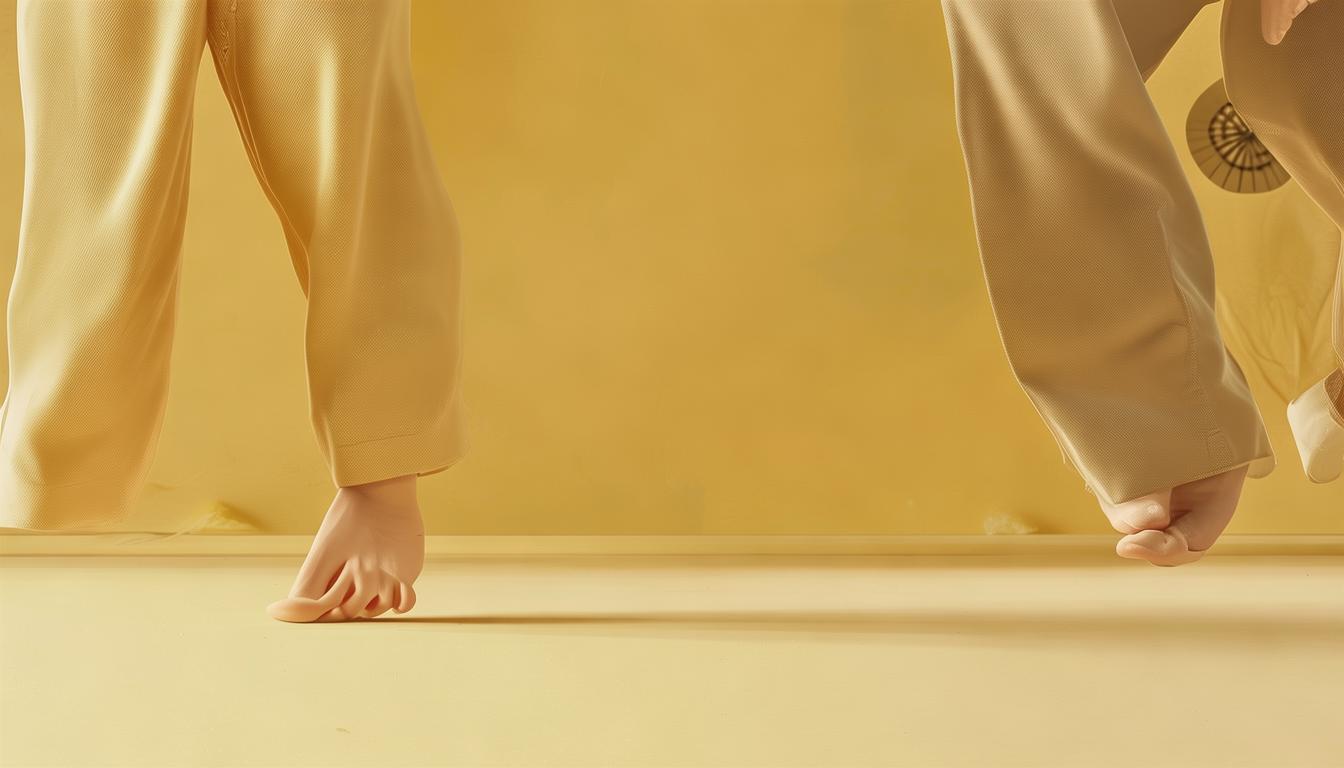Tai Chi, as a treasure in traditional Chinese martial arts, not only has the effect of strengthening the body, but also carries the important task of inheriting culture. It not only shows the charm of combining movement and stillness, but also explains the wisdom of combining hardness and softness, winning the favor of many people around the world. Next , I plan to conduct a detailed discussion of this art category from multiple angles.
History Origin
Tai Chi originated from the intersection of Ming and Qing dynasties, and its founder was Chen Wangting from Chenjiagou, Wen County, Henan Province. The social situation was unstable at that time, and the people generally hoped to have a strong body and self-defense ability, while also pursuing spiritual sustenance. Chen Wangting combined the ancient yin and yang theory with traditional martial arts skills and finally gave birth to this unique style of boxing. This boxing technique is based on the skills of Peng, Lu, Ji, An, Cai, Shu, Elbow, and Lok. After a long evolution, it has gradually built a martial arts system that includes advance and retreat, looking, and positioning.
Fitness effects

Tai Chi has many benefits to human health. From a kinematic perspective, its movements are both soft and smooth, which can fully exercise all joints of the body, thereby improving joint flexibility. Practicing Tai Chi for a long time can help regulate your breathing, make your breathing deeper, longer and evenly, and thus increase your lung capacity. In addition, Tai Chi can improve blood circulation and strengthen heart function, which has significant effects on preventing cardiovascular diseases. Many middle-aged and elderly people have significantly improved their physical condition by practicing Tai Chi.
Cultural connotation
Tai Chi contains rich essence of Chinese traditional culture. It not only vividly demonstrates the Taoist theory of yin and yang, but also profoundly expounds the Confucian concept of neutrality. During the practice of Tai Chi, special attention is paid to the balance of yin and yang and the mutual transformation between virtual and real. Every move, every move, Tai Chi And Diabetes Courses Online embodies the concept of harmonious coexistence between man and nature. It advocates "using softness to overcome hardness", which is consistent with the practice of our tendency to adopt a gentle and roundabout approach to overcome difficulties in daily life, which contains profound philosophical ideas.
Genre style

Tai Chi Online has developed through a long history, and has derived many schools with different styles, such as Chen style, Yang style, Wu style, Wu style and Sun style. These schools have their own characteristics and the differences between styles are very significant. Chen-style Tai Chi emphasizes the combination of hardness and softness, and the movements are compact and orderly; Yang-style Tai Chi is stretched, with generous postures and simple and easy to understand; Wu-style Tai Chi is small and flexible, and its techniques are particularly outstanding; Wu-style Tai Chi is tight, with correct postures and generous; Sun-style Tai Chi emphasizes appropriate opening, flexible steps, elegant and agile postures. These different schools jointly depict a colorful picture of Tai Chi.
Promote inheritance
Tai Chi has spread around the world and has been widely popularized. Many countries have successively established special Tai Chi clubs and training centers. Our country has also enthusiastically held many Tai Chi events and events, aiming to make more people know and love this sport. Despite this, in the process of inheritance, we still need to face up to some difficulties, such as the young group's interest in Tai Chi is not strong.
What do you usually think are particularly attractive in Tai Chi? If this article can bring you some thoughts, don’t forget to like and share it!


